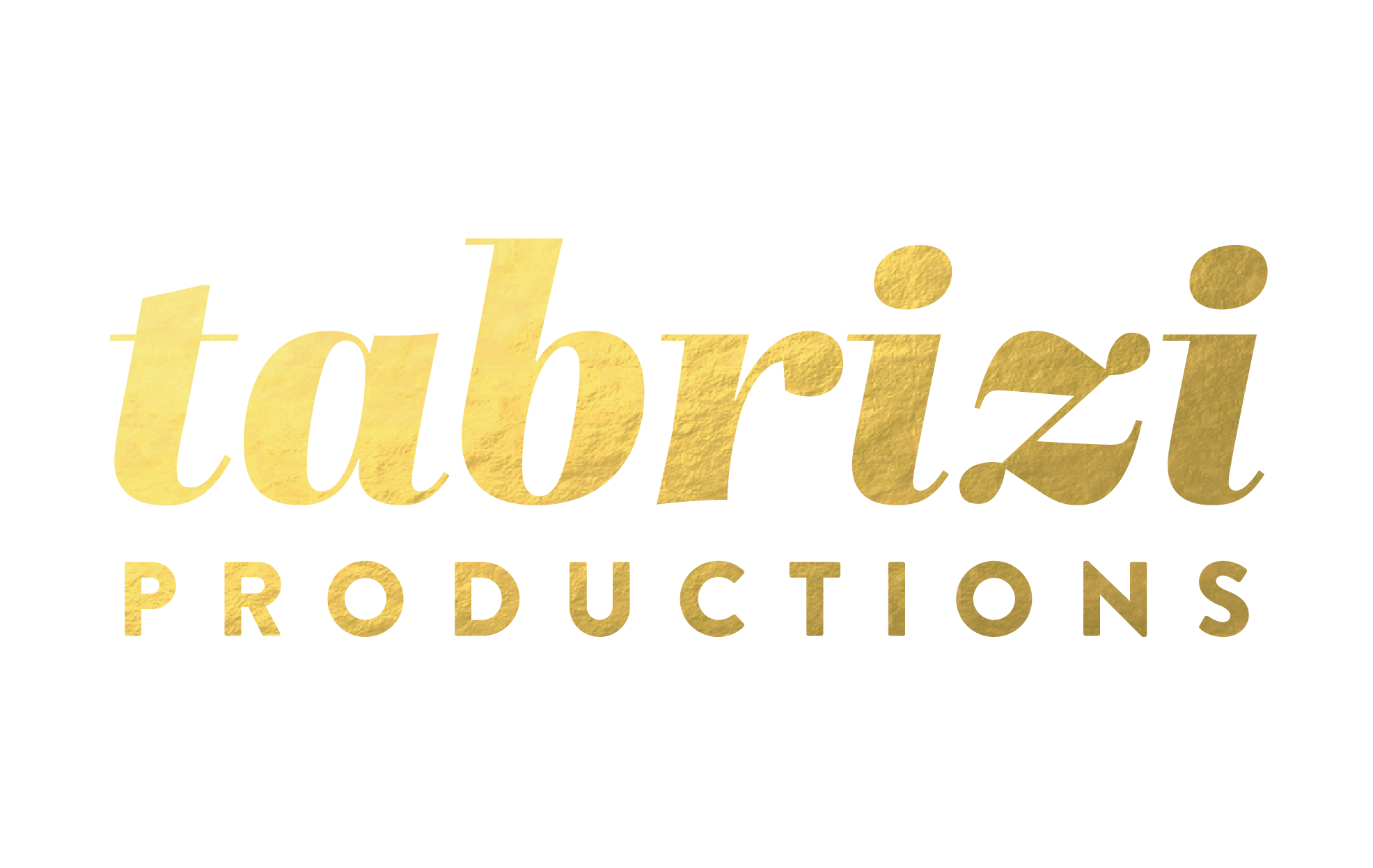Imagine your dishwasher springs a leak. Or maybe one of your cars headlights has gone out. Or maybe you ripped your favorite sweater! Do you pay a premium to have a stranger come into your home and charge you an arm and a leg for their industrial knowledge and $30 worth of parts, or find someone who does alterations and can piece your wardrobe back together? Or is your first instinct is to pull up YouTube and sift through tutorial videos to see just how hard it would be to make the repairs yourself?
If you answered the former, you certainly wouldn’t be alone – YouTube is now the second largest search engine in the world, and over half of adult users say it’s the first place they head when trying to attempt something they’ve never done before.
On the other hand, over 50 percent of all adult users on YouTube is an enormous audience actively looking for tutorial videos. From mechanical repairs to crafts for children and getting creative in the kitchen – if you can do it, there’s an audience for it. All you need to be able to do is capture it on video.
If you answered the former, you certainly wouldn’t be alone – YouTube is now the second largest search engine in the world, and over half of adult users say it’s the first place they head when trying to attempt something they’ve never done before.
On the other hand, over 50 percent of all adult users on YouTube is an enormous audience actively looking for tutorial videos. From mechanical repairs to crafts for children and getting creative in the kitchen – if you can do it, there’s an audience for it. All you need to be able to do is capture it on video.
How To Create Tutorial Videos From Scratch
How Do You Want Your Tutorial Videos To Look And Feel?
Deciding the overall purpose and tone of your channel is an important first step. Take some time to explore other channels and see what works, and doesn’t, for them. Consider whether or not you want to standardize your videos with the same introduction or title sequence, or if you just want to dive right in to the content. Different video structures work better for different projects and channels.
What Does The Ideal Basic Setup For Shooting Tutorial Videos Look Like?
Let’s take a look. To shoot your first video you’ll need:
A video camera (the one on your phone will do fine to start)
A tripod
A mannequin or large stuffed animal (if you’re framing shots yourself, you need a stand-in – if you have someone shooting video for you, skip this step)
A lapel mic
A computer with video editing software
Extra lighting (especially if you’ll be working with small pieces or in tight spaces, you want to be sure your viewer has a clear look at what you’re doing on camera)
Should You Write A Script For Your Tutorial Videos?
If your video requires narration, you’ll absolutely want to record it separately from the on-screen demonstration. This allows you to focus on the demonstration itself without having to talk the viewer through it at the same time. It reduces distractions and the number of final cuts you’ll need to make when editing the video. Can you imagine having to demonstrate a single step over and over because you stumbled over a word?
Writing your script after shooting the video also allows you to maximize your word economy. You can focus on conveying direct instructions and clear language – and not worry about rambling or getting off topic.
If you’ll be speaking on camera, make sure you use the lapel mic instead of the camera’s default microphone. You’ll cut down on ambient noise (is that the neighbor mowing his lawn in the background?) and prevent your audio from becoming muddled or fuzzy.
The Best Camera Angle For Tutorial Videos
To provide the best look at what you’re doing, set your tripod in a way that angles the camera as directly down over your shoulder as possible. This bird’s eye view will allow viewers the perfect vantage point to watch you work. With the right lighting, it also minimizes shadows and allows you to rearrange items or point things out with ease and clarity. Make sure you’re working on a neutral and uncluttered surface to avoid anything distracting from the tutorial.
If you need to address the camera, use the mannequin or large stuffed animal as your stand-in. Set it up and center and focus your shot on it before taking its place. Shoot a few seconds of test footage and take care of any final adjustments to camera angle, lighting or focus before you begin.
As you film, don’t be afraid to stop and start as needed. If you make a mistake, simply back up a step and do it again. You can seamlessly edit everything together in the final version. If your tutorial videos have a completed product at the end, make sure to take beauty shots from several angles to show it off at the end.
Editing Your Tutorial Videos Together
Paid video editors like Adobe Premiere and Final Cut Pro have so many great features. However, for beginners, a free program like Windows Movie Maker will do everything you need.
First import all of your video clips and any necessary audio files. Sort through everything and dispose of shots that you won’t use in the final tutorial. Decide what you want to cut, what you want to speed up or slow down, and what you want to leave as-is.
Lay everything out on the timeline in the order you want it. If you have a custom intro or outro, now is the time to decide where to put it. This is also when you should be adding captions or any other graphics you find necessary.
Once the video is done to your satisfaction, write out and record your script to match it. Use the lapel mic (or other microphone) to record the voiceover track and lay it on the timeline. Finally, if you want it, add a music track. Avoid anything with a copyright. YouTube has a library of free music that you can use, or you can purchase tracks from stock websites like 123RF and Shutterstock.
Happy with your final product? Export the entire project as a high-quality video file (MOV, MP4 and AVI are all commonly accepted) and upload it to YouTube.
Consider Keywords When Publishing Your Tutorial
Videos
YouTube has over 1.9 billion monthly users (just counting the ones who are logged in) with 400 hours of new video uploaded every minute. So how can you make sure your drop in the bucket makes a splash?
The most important step is to make sure you include the right words in your title, tags and description. YouTube’s search engine will match what users type into the search bar with what it can find in these text fields. By identifying popular keywords and using them in your descriptions, you help YouTube guide users to your video.
You want to make sure that your keywords are common searched for phrases, but not so generic that your tutorial videos will be lost in an ocean of similar content. For example, “how to make brownies” will return tens of thousands of results on YouTube – but “dark chocolate brownies recipe” significantly narrows the field.
Make sure to include what your video is about, and what viewers will learn by watching it.
What Makes Good (And Bad) Tutorial Videos
Even if you’ve barely scratched the surface of YouTube tutorial videos, it’s clear that there are some poorly-made ones floating around. Here are some things to consider that will help you avoid common mistakes.
Is Your Topic Appropriate For A Video Tutorial?
It can be tempting to think that any “how to” topic is a great choice for a video tutorial, but that isn’t so. For instance, topics that don’t have a strong visual component (think: How to Hire an Accountant or similar) could make a great blog article, but may not be well suited as video content.
Topics that are suitable have strong, compelling visuals to show off. Software and hardware how-to’s are great candidates, as well as cooking, home repairs and physical activities. If it requires you to show, rather than tell, you have a winner.
Keep Your Video Tutorial Short And Focused
Detailed explanations are fine, but shorter is definitely better with tutorial videos. Try to keep your video under five minutes. If you need more time, consider how you might break the project up into a video series instead.
This is especially important if you’re just starting out and trying to build an audience from scratch. Channels with an established audience have a little more leeway since viewers trust their content and know what to expect, but brand new channels will be better off delivering high value content quickly in order to keep attention from drifting.
Write Short Sentences With Simple Words
One of the best things you can do for your video is to make sure the language is clear, concise and impossible to misinterpret. In a video format especially, you can simplify your descriptions precisely because the primary focus is on showing – not telling.
If you will be putting a voiceover on your video (recording the audio track separately from the video), long sentences and complex words are harder to read out loud and will require multiple takes to say smoothly and clearly. A simple script also makes it easier to upload subtitles for your video which makes is popular on other platforms and necessary for hearing-impaired viewers.
Make Sure Your Picture And Audio Quality Are Good
Even more important than what you’re saying (and how you’re saying it) is the quality of how it looks and sounds. If the picture quality is blurry and the sound is either distorted or staticky, even the best content will be overlooked.
You can do without professional video equipment that costs thousands of dollars, but one small item that makes a huge difference is a decent microphone. Even an inexpensive one can improve your production values immediately. If you plan on making this an ongoing series a quality piece of equipment will be money well spent.
Let Tabrizi Help With Your Tutorial Videos
Tabrizi Productions excels and helping you get even the most complicated ideas across clearly. You can check out our portfolio of product explanation videos by clicking here and then contact me to talk about the vision you have for your next project.







